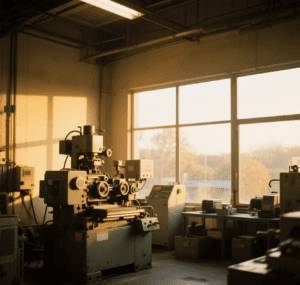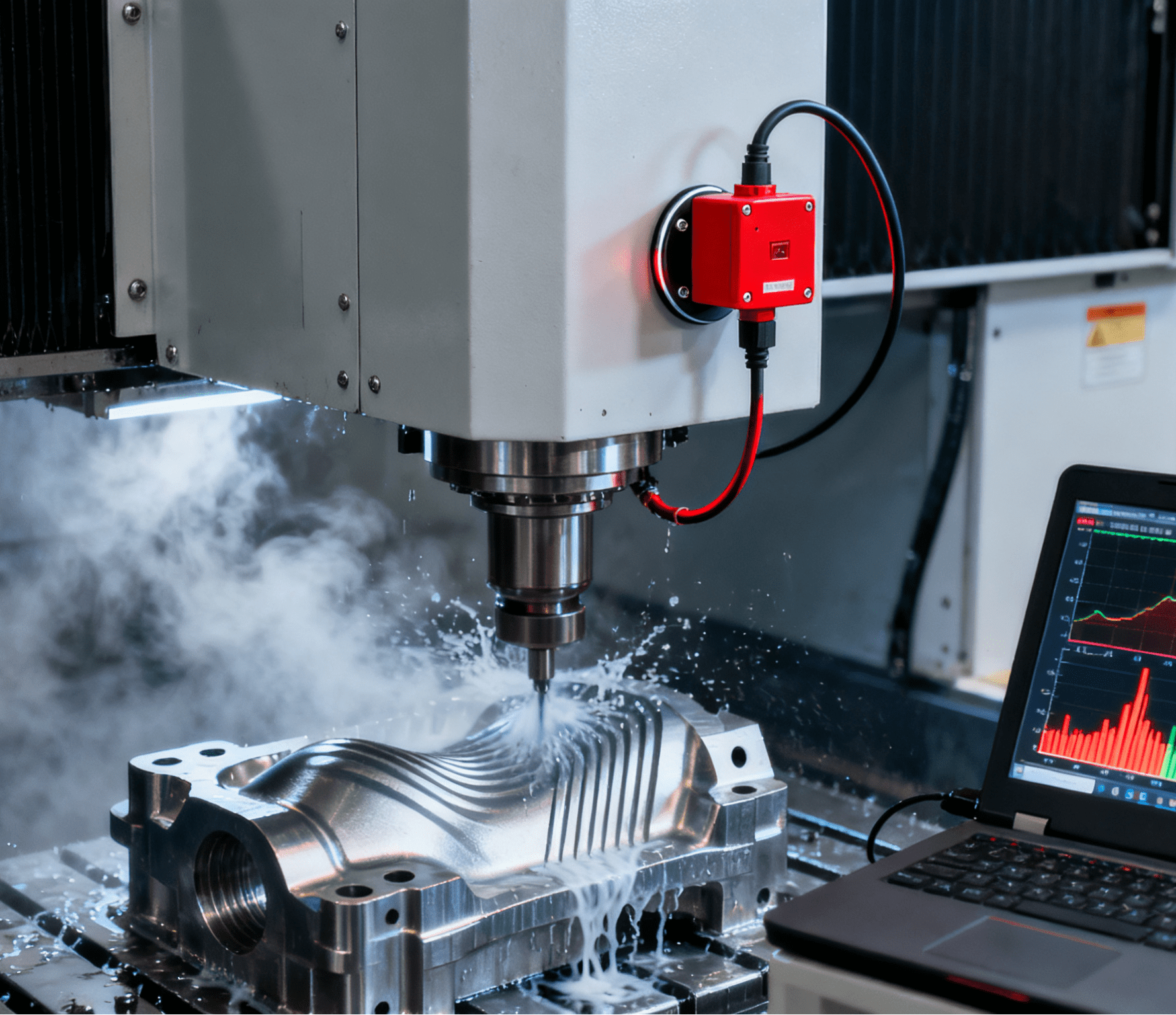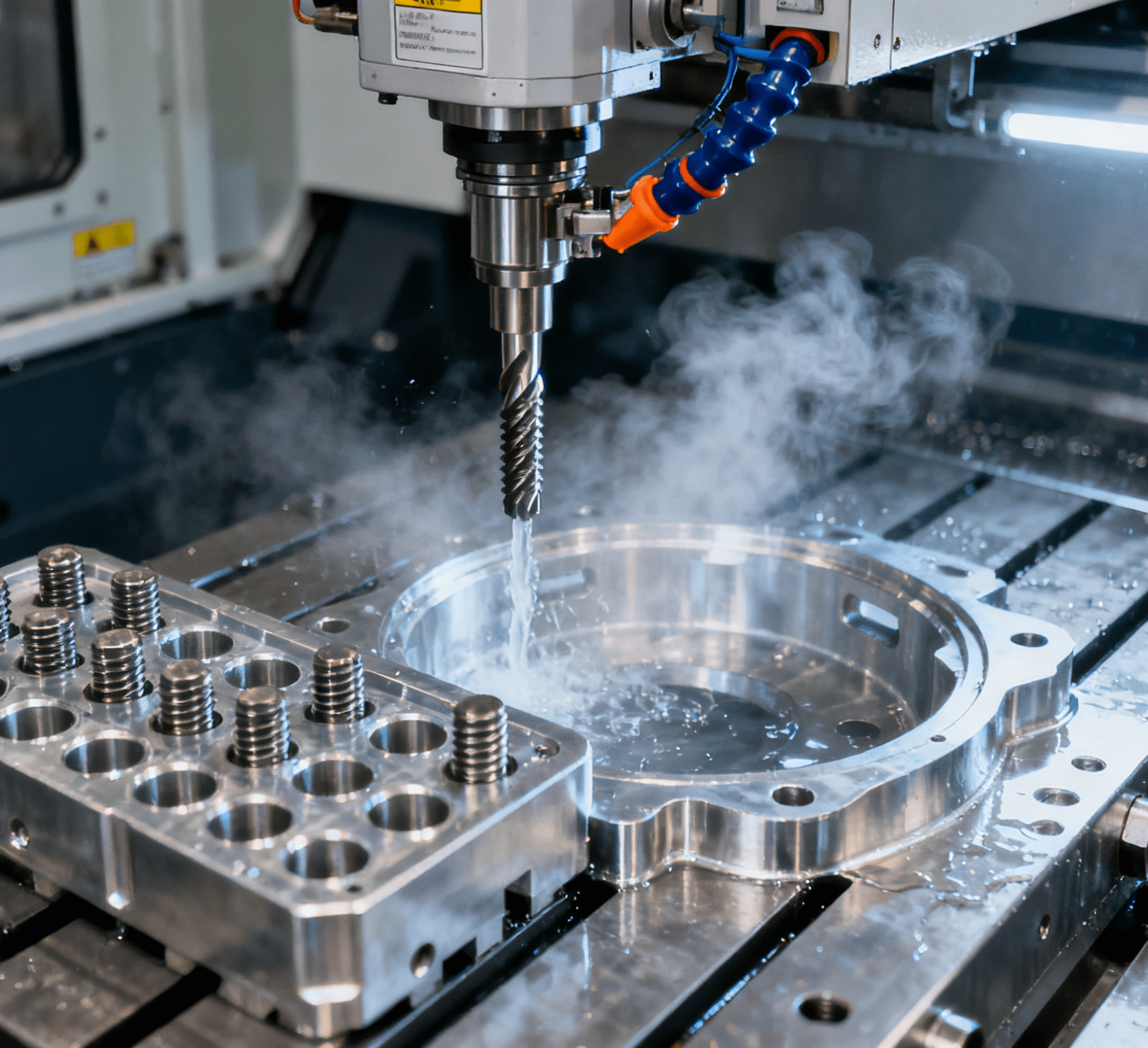Odkrywanie cudów maszyn do montażu baterii łazienkowych

W dynamicznym krajobrazie produkcji armatury łazienkowej, maszyny do montażu baterii łazienkowych stały się przełomowe, wyznaczając nowe granice wydajności, precyzji i innowacyjności. Te zaawansowane maszyny to nie tylko narzędzia, ale katalizatory, które wprowadziły branżę produkcji baterii w nową erę doskonałości.
Era przedmaszynowa: wyzwania i ograniczenia
Przed pojawieniem się zautomatyzowanych maszyn do montażu baterii łazienkowych, proces produkcji był pracochłonną i pracochłonną wyprawą. Rzemieślnicy i pracownicy mozolnie składali ze sobą elementy baterii, często polegając na swoich indywidualnych umiejętnościach i doświadczeniu. Montaż pojedynczej baterii obejmował wiele skomplikowanych kroków, od montażu maleńkich podkładek i pierścieni uszczelniających, po staranne mocowanie uchwytów i wylewek.
To ręczne podejście wiązało się z wieloma wyzwaniami. Błąd ludzki stanowił stałe zagrożenie, prowadząc do problemów, takich jak niedopasowanie elementów, co mogło powodować wycieki wody lub utrudniać płynne działanie. Nierównomierne dokręcanie uchwytów powodowało, że niektóre baterie mogły mieć uchwyty zbyt luźne lub zbyt mocno dokręcone. Co więcej, powolne tempo ręcznego montażu znacznie ograniczało wolumen produkcji. Producenci z trudem nadążali za rosnącym popytem ze strony dynamicznie rozwijającego się sektora budowlanego i remontowo-budowlanego, co często skutkowało długim czasem oczekiwania konsumentów.
Anatomia i działanie maszyn do montażu baterii łazienkowych
Maszyny do montażu baterii łazienkowych to cud współczesnej inżynierii, łączący zaawansowaną robotykę, inteligentne czujniki i zaawansowane systemy sterowania w celu usprawnienia procesu montażu.
- Zarządzanie komponentami i zasilanie
Droga baterii przez maszynę montażową rozpoczyna się od sprawnego zarządzania i podawania jej komponentów. W przypadku małych, delikatnych części, takich jak podkładki, uszczelki i śruby, misy wibracyjne to idealne rozwiązanie. Misy te wykorzystują wibracje do delikatnego przesuwania komponentów wzdłuż toru, ustawiając je w sposób umożliwiający łatwe podnoszenie przez roboty montażowe. Gdy komponenty dotrą do końca toru, są precyzyjnie ustawiane do następnego etapu procesu.
Większe elementy, takie jak korpusy baterii, wylewki i uchwyty, są zazwyczaj transportowane za pomocą przenośników taśmowych. Przenośniki te są wyposażone w specjalnie zaprojektowane uchwyty, które bezpiecznie utrzymują elementy na miejscu, zapewniając ich dostarczenie do stanowisk montażowych w prawidłowej orientacji. Niektóre zaawansowane systemy wykorzystują nawet mechanizmy sortowania oparte na wizji. Wykorzystując kamery o wysokiej rozdzielczości i oprogramowanie do rozpoznawania obrazu, systemy te mogą identyfikować i rozdzielać elementy na podstawie ich kształtu, rozmiaru i koloru, co dodatkowo zwiększa dokładność i szybkość procesu podawania.
- Mechanizmy montażowe zorientowane na precyzję
Sercem maszyny do montażu baterii łazienkowych jest szereg precyzyjnie napędzanych mechanizmów montażowych. Wieloosiowe ramiona robota to konie pociągowe w tym procesie. Ramiona te są zaprogramowane do wykonywania niezwykle precyzyjnych ruchów, co pozwala im wykonywać szeroki zakres zadań z niezwykłą precyzją. Na przykład, mogą delikatnie wsunąć wkład do korpusu baterii, zapewniając idealne dopasowanie i szczelność. Ramiona robota mogą również zastosować precyzyjny moment obrotowy podczas mocowania uchwytów, gwarantując pewny, a jednocześnie wygodny chwyt.
Oprócz ramion robota dostępne są specjalistyczne uchwyty montażowe. Uchwyty te służą do utrzymywania elementów baterii na miejscu podczas montażu, zapewniając stabilność i prawidłowe ustawienie. Często są one regulowane, aby dopasować się do różnych modeli i konstrukcji baterii, co czyni maszynę niezwykle wszechstronną. Na przykład, uchwyt może być użyty do ustawienia korpusu baterii pod określonym kątem podczas montażu wylewki, zapewniając prawidłowy kierunek przepływu wody.
- Rygorystyczne systemy zapewnienia jakości
Jakość ma ogromne znaczenie w produkcji baterii, a maszyny do montażu baterii łazienkowych są wyposażone w najnowocześniejsze systemy kontroli jakości. Zautomatyzowane testy szczelności stanowią kluczowy etap procesu. Po montażu, przez baterię pompowana jest woda pod różnym ciśnieniem, aby symulować rzeczywiste warunki użytkowania. Czujniki wykrywają wszelkie nieszczelności, niezależnie od ich wielkości, a bateria jest kierowana do naprawy lub odrzucana.
Systemy kontroli wizyjnej odgrywają również kluczową rolę w kontroli jakości. Systemy te wykorzystują kamery o wysokiej rozdzielczości do inspekcji zmontowanych baterii pod kątem defektów kosmetycznych, takich jak zarysowania, wgniecenia czy nierówne powłoki. Mogą one również zweryfikować, czy wszystkie komponenty są prawidłowo zamontowane i czy ogólna konstrukcja spełnia wymagane specyfikacje. Każda bateria, która nie spełnia tych rygorystycznych norm, jest usuwana z linii produkcyjnej, co gwarantuje, że na rynek trafiają wyłącznie produkty najwyższej jakości.
Wielopłaszczyznowe korzyści płynące z maszyn do montażu baterii łazienkowych
- Dramatyczny wzrost zdolności produkcyjnych
Jedną z najważniejszych zalet stosowania maszyn do montażu baterii łazienkowych jest znaczny wzrost wydajności. Maszyny te mogą pracować nieprzerwanie, 24 godziny na dobę, 7 dni w tygodniu, bez przerw i odpoczynku. W przeciwieństwie do ludzi, nie odczuwają zmęczenia ani wahań wydajności. W rezultacie pojedyncza, wysokowydajna maszyna montażowa może produkować setki, a nawet tysiące baterii dziennie, w zależności od stopnia skomplikowania konstrukcji. Ta zwiększona wydajność produkcyjna pozwala producentom na szybką realizację dużych zamówień i błyskawiczne reagowanie na zmiany popytu rynkowego.
- Niezrównana jakość i spójność produktów
Maszyny do montażu baterii łazienkowych gwarantują najwyższą jakość każdej wyprodukowanej baterii i spełniają te same rygorystyczne standardy. Precyzja procesu montażu eliminuje zmienność związaną z pracą ręczną. Komponenty są montowane z najwyższą precyzją, a połączenia wykonywane z jednakową siłą, co pozwala na uzyskanie baterii, które są nie tylko estetyczne, ale także wysoce funkcjonalne i trwałe.
Stała jakość jest kluczowa dla utrzymania zadowolenia klientów i reputacji marki. Dzięki zautomatyzowanemu montażowi producenci mogą mieć pewność, że każda wyprodukowana przez nich bateria będzie działać niezawodnie, zmniejszając prawdopodobieństwo zwrotów produktów i reklamacji. To z kolei prowadzi do wzrostu lojalności klientów i przewagi konkurencyjnej na rynku.
- Produkcja opłacalna pod względem kosztów
Chociaż początkowa inwestycja w maszynę do montażu baterii łazienkowych może być znacząca, długoterminowe oszczędności są znaczące. Automatyzując proces montażu, producenci mogą zmniejszyć zapotrzebowanie na dużą siłę roboczą, a tym samym obniżyć koszty pracy. Na linii produkcyjnej potrzeba mniej pracowników, a zapotrzebowanie na rozległe szkolenia i nadzór jest zminimalizowane.
Ponadto, redukcja liczby wad produktu dzięki precyzyjnemu montażowi przekłada się na niższe straty materiałowe i niższe koszty przeróbek. Mniejsza liczba baterii wymaga wymiany lub naprawy, co pozwala zaoszczędzić cenne zasoby i czas. Oszczędności uzyskane dzięki automatyzacji można reinwestować w inne obszary działalności, takie jak badania i rozwój, marketing czy rozbudowę zakładów produkcyjnych.
- Adaptability to Diverse Design Requirements
Współczesny rynek konsumencki charakteryzuje się szerokim wachlarzem preferencji w zakresie baterii łazienkowych. Od eleganckich, minimalistycznych wzorów po wyszukane, tradycyjne style, producenci muszą być w stanie zaoferować zróżnicowane portfolio produktów, aby sprostać zróżnicowanym potrzebom swoich klientów. Maszyny do montażu baterii łazienkowych są niezwykle wszechstronne i można je szybko przeprogramować, aby umożliwić montaż różnych modeli baterii.
Niezależnie od tego, czy chodzi o prostą baterię jednouchwytową do małej łazienki, czy o skomplikowaną, wielofunkcyjną baterię do luksusowej łazienki, urządzenie można dostosować do konkretnych wymagań projektowych. Ta elastyczność pozwala producentom wyprzedzać konkurencję, oferując innowacyjne i modne produkty, które trafiają w gusta szerokiego grona konsumentów.
Wpływ na rynek i perspektywy na przyszłość
Wprowadzenie maszyn do montażu baterii łazienkowych wywarło ogromny wpływ na rynek wyposażenia łazienek. Producenci mogą teraz oferować szerszy asortyment wysokiej jakości baterii w bardziej konkurencyjnych cenach. Zwiększone moce produkcyjne przełożyły się na większą podaż produktów, ułatwiając konsumentom znalezienie idealnej baterii do ich łazienek.
Patrząc w przyszłość, przyszłość maszyn do montażu baterii łazienkowych rysuje się w jasnych barwach. Integracja nowych technologii, takich jak sztuczna inteligencja (AI), uczenie maszynowe (ML) i Internet Rzeczy (IoT), z pewnością zrewolucjonizuje branżę. Maszyny oparte na AI i ML będą mogły samodzielnie optymalizować procesy montażu, uczyć się na podstawie doświadczeń z przeszłości i wprowadzać zmiany w czasie rzeczywistym, aby poprawić wydajność i jakość.
Łączność IoT umożliwi producentom zdalne monitorowanie wydajności maszyn, gromadzenie danych o procesach produkcyjnych i przewidywanie potrzeb konserwacyjnych. Pomoże to zminimalizować przestoje, obniżyć koszty i zapewnić ciągłość produkcji. Ponadto, coraz większy nacisk będzie położony na zrównoważone praktyki produkcyjne. Maszyny do montażu baterii mogą być projektowane tak, aby zużywały mniej energii, wykorzystywały materiały pochodzące z recyklingu i ograniczały generowanie odpadów, przyczyniając się do rozwoju przemysłu bardziej przyjaznego dla środowiska.
Podsumowując, maszyny do montażu baterii łazienkowych zrewolucjonizowały sposób ich produkcji, przynosząc znaczną poprawę wydajności, jakości i opłacalności. Wraz z rozwojem technologii, maszyny te będą odgrywać jeszcze ważniejszą rolę w kształtowaniu przyszłości branży armatury łazienkowej, napędzając innowacje i spełniając stale zmieniające się wymagania konsumentów.




















